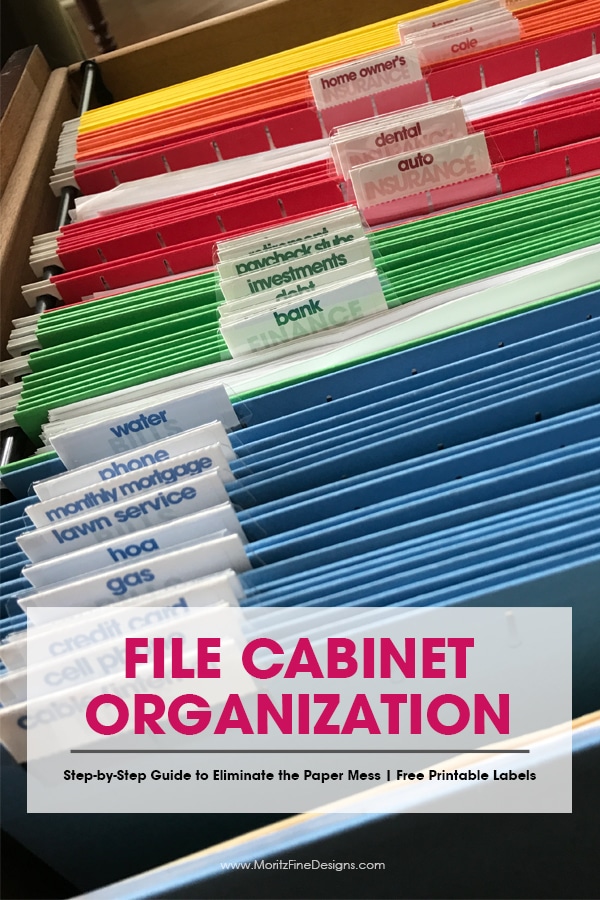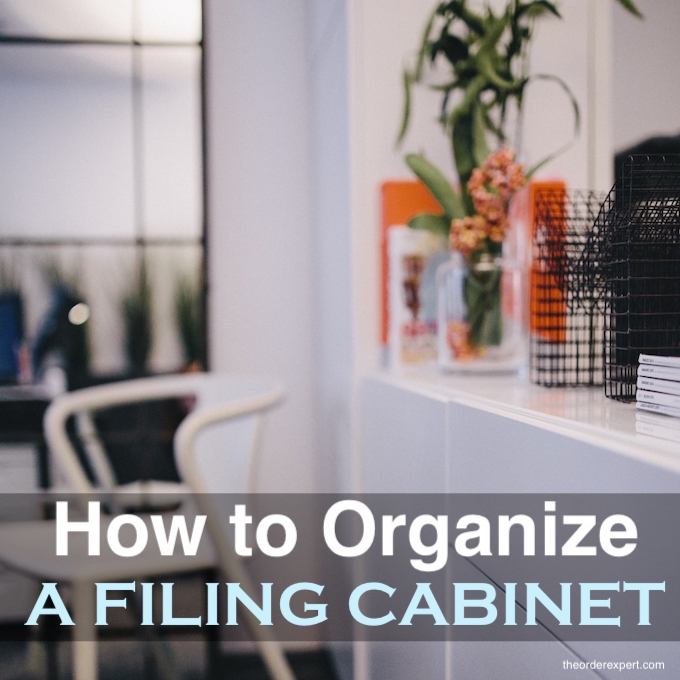If you’re like most people, your filing cabinet is probably a mess. Papers are stuffed in haphazardly, and you can never find what you’re looking for when you need it. But it doesn’t have to be this way!
With a little bit of time and effort, you can get your filing cabinet organized and make it work for you. Here are 9 pro tips to help you do just that:
1. Start with a clean slate.
Empty out your entire filing cabinet, and sort through all of the papers. Get rid of anything that you don’t need or that is outdated. This will make it much easier to organize everything that’s left.
2. Create a system that works for you. There is no one right way to organize a filing cabinet. Figure out what system will work best for the way you think and operate.
And don’t be afraid to change it if it’s not working out!
3. Use labels liberally. Labeling everything in your filing cabinet will make it much easier to find what you’re looking for later on down the road.
Invest in some good label maker, or hand-write them neatly if you prefer.
4) Don’t forget about digital files! In today’s world, many documents are stored electronically rather than taking up physical space in a filing cabinet.
Make sure to create folders on your computer or Cloud storage account so nothing gets lost in the shuffle.
5) Purge regularly . Every few months (or at least once a year), go through your filing cabinet again and get rid of anything that is no longer relevant or needed . This will keep things from getting too cluttered again down the road .
If you’re like most people, your filing cabinet is probably a disaster. Papers are crammed in haphazardly, folders are overflowing, and you can never find what you’re looking for. But it doesn’t have to be this way!
With a little bit of organization, your filing cabinet can be a neat and tidy place where everything is easy to find.
Here are 9 pro tips for organizing your filing cabinet:
1. Start with a clean slate.
Empty out all of the drawers and get rid of any unnecessary papers. This will make it easier to organize everything later on.
2. Sort your papers into categories.
Create folders for different types of documents (e.g., bills, tax documents, medical records) so that you can easily find what you’re looking for later on.
3. Label each folder clearly. Write the name of the category on the front of each folder so that you know what’s inside at a glance.
4.. Use hanging file folders if possible . This will help keep your paperwork neat and tidy and prevent folders from getting lost in the shuffle .
If regular file folders won’t fit in your drawer , consider using expandable file pockets instead . https://www . ebay .
com / b/Expanding-File-Pockets/20444/bn_7023312619?_pgn=3&rt=nc
5.. Keep frequently used documents within easy reach . Store items that you need to access often in the front of the drawer so that they’re easy to grab when you need them .
6.. Arrange files alphabetically or by date as needed . If certain papers need to be filed in chronological order , make sure to label them accordingly . Otherwise , grouping items by type ( e . g., bills , tax documents ) usually makes more sense 7.. Put smaller items in envelopes or boxes To keep small items from getting lost , store them in envelopes or boxes inside larger folders 8.. Leave some empty space It’s always good to leave some extra room in each drawer so that you can add new papers as needed 9..

Credit: www.moritzfinedesigns.com
How Do I Organize My Filing Cabinet
Assuming you would like tips on organizing your filing cabinet:
If your filing cabinet is crammed full of files and paperwork, it may be time for some organization. By taking a few minutes to go through your files and tidy up your cabinet, you can make finding what you need a breeze.
Here are a few tips on how to organize your filing cabinet:
1. Sort through your files. Go through each file in your cabinet and decide whether you still need it or not.
If you haven’t looked at a file in years, chances are you don’t need it anymore. Get rid of any outdated or unnecessary files to clear up space in your cabinet.
2. Create a filing system that works for you.
Once you’ve pared down your files, it’s time to create a system that will work for you. alphabetical order, by date, or by subject matter are all common ways to organize files. Find a method that makes sense to you and will be easy for you to maintain over time.
3. Label everything clearly. Once you have your system in place, label each file so that it’s easy to find what you’re looking for quickly .Use labels or colored tabs to make differentiating between folders simple .
This step will help keep things organized going forward .
4 . Put like with like .
Grouping similar files together will also make finding what you’re looking for much easier down the road . For example ,if you have several client folders ,try putting all of those together in one section of the cabinet . Or if most of your folders are related to financial documents ,keep those together as well .
Conclusion
Organizing a file cabinet can be a daunting task, but with these 9 pro tips, it doesn’t have to be! First, decide what type of system you want to use for your filing cabinet. There are many options available, so find one that will work best for you and your needs.
Next, label each drawer or section with a specific category or subject. This will make it easier to find what you’re looking for when you need it. Once you have everything labeled, begin sorting through your files and placing them in the appropriate drawer or section.
Be sure to purge any outdated or unnecessary documents as you go. Finally, once everything is sorted and in its place, take some time to regularly maintain your system so it stays tidy and organized.
